Health
A New Study Reveals A Disparity Between Mental Health Attitudes and Access Across States
In national conversations surrounding mental health, two conversations tend to dominate: healthcare access and population attitudes towards healthcare. While, across the country, enormous progress has been made in increasing access to mental health providers while simultaneously deconstructing limiting stigmas around mental health, Americans struggling with mental health still suffer from internalized attitudes and external barriers to support.
Given that so many Americans (nearly 47 million according to the National Institute of Mental Health) live with mental illness, gaps in access and attitudes towards mental healthcare could have population-wide implications. Luckily, a new study from the United Way of the National Capital Area sheds light on these gaps in mental health support, providing some insights into how mental illness may further impact certain regions.
According to the study, mental healthcare access is definitely an area of concern. Using county health rankings across the country, the United Way found that, at the nation’s best, top-ranked states including Massachusetts and Maine had well over 150 residents per single mental health provider. This was far worse in other states like Alabama, where numbers peaked as high as 990 residents per provider. Given that, according to the United Health Foundation, these providers support clients with all sorts of health concerns from substance abuse to marriage counseling, it’s clear that American mental health providers have their work cut out for them.
However, for Americans struggling with mental illness, access to a mental health provider may not be enough to ensure they receive the support they need. As shown by the United Way study, individuals’ own attitudes towards mental health may be a barrier to mental health support. In every state, a significant amount of survey respondents reported that they felt some level of discomfort accessing mental healthcare.
For instance, in some states like Vermont, where access to a mental health provider was relatively high, at around 220 residents per one provider, still over 32% of the population reported being uncomfortable in accessing mental healthcare. According to the National Alliance on Mental Healthcare, factors like stigma, lack of knowledge, inability to recognize symptoms of mental illness and inability to seek mental healthcare resources may contribute to this nationwide discomfort.
As gaps like these still persist in many states, it’s clear that something must be done in both increasing mental healthcare access and reducing discomfort around seeking mental healthcare in order to get more Americans the healthcare support they need.
One solution that has been working to address both of these concerns, mental telehealth, has risen dramatically across the country, especially as social distancing restrictions have kept both residents and mental healthcare providers at home, as pointed out in a recent To the Point article.
However, even mental telehealth, which one might understand to be less intimate, therefore, less prone to awkward discomfort, falls short of closing the gaps in discomfort among Americans. According to the United Way data, many states’ residents report being even more uncomfortable with mental telehealth support. In some cases, nearly 40% of residents expressed at least some level of discomfort. Whether it be through the inevitable change of social norms surrounding technology and mental health, or through other public health marketing, it’s clear that something must change in regards to attitudes towards mental telehealth if it is to be an effective tool among those struggling with mental illness.
Overall, it’s unclear what will close the gap, but given the data we have surrounding the gap between healthcare access and attitudes, one thing is evident: mental healthcare support in America is fully meeting the needs of Americans.
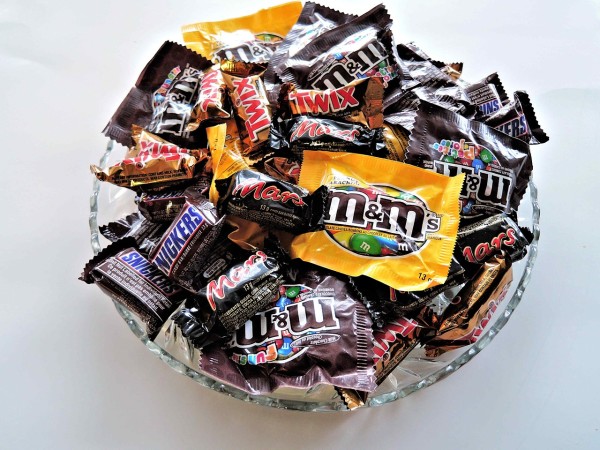
Halloween is a wonderful holiday — it’s difficult to hate it. Even if you stay inside every year, you don’t trick-or-treat, and even if you don’t hand out candy, it’s a fun day of the year. Plus, it usually coincides with the change of the season, assuming you live in a climate that has seasons (sorry, California). Beyond the fun costumes and wild decorations, one of the best parts of the holiday is the candy. Even if you didn’t spend your Halloween going door-to-door with a plastic pumpkin (or a pillow case, if you aren’t looking to get fancy), there’s no reason not to enjoy the sweets of the season. Who can turn down a bat-shaped Reese’s?
With all that said, it’s good to know how this candy impacts your health. Just because it’s a holiday doesn’t mean you should totally sacrifice your health. Still, everything is OK in moderation, so just keep the nutrition of what you’re eating in mind and don’t go overboard. Read on to find out how many calories are in each piece of the most popular types of Halloween candy, ordered from least to most.
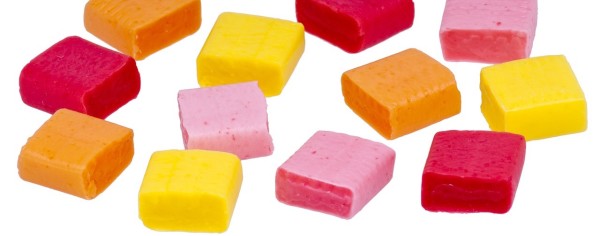
Starburst Fun Size Pack – 40 calories
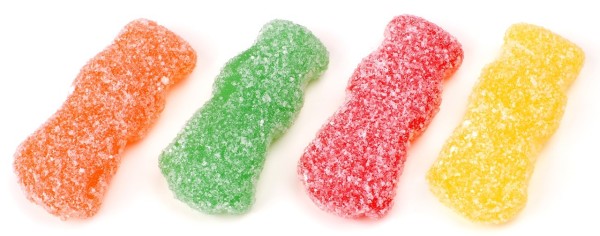
Sour Patch Kids Fun Size Pouch – 55 calories
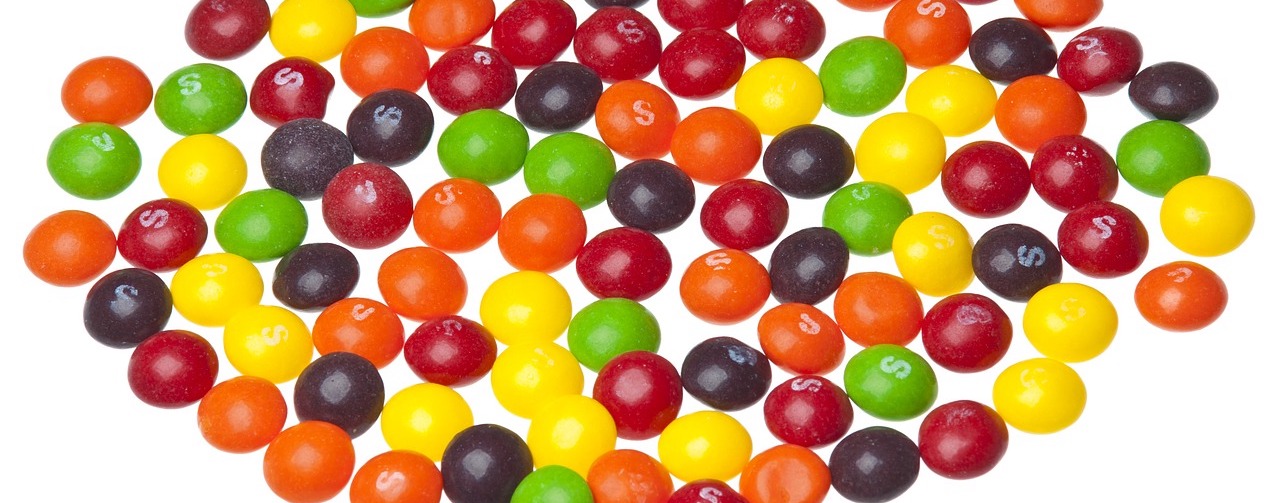
Skittles Fun Size Pouch – 63 calories

M&M’s Fun Size Pouch – 73 calories
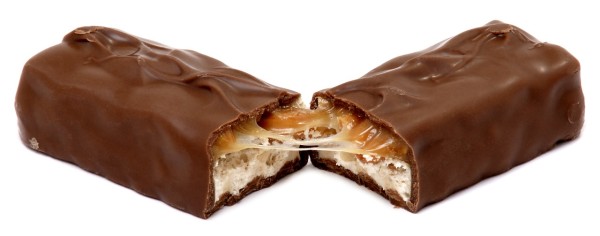
Snickers Fun Size Bar – 80 calories
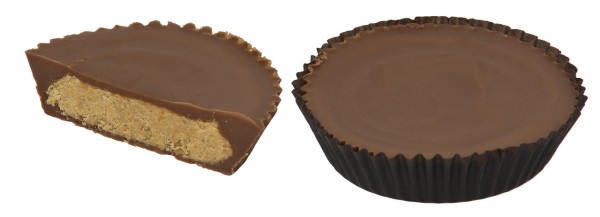
Reese’s Cup – 110 calories
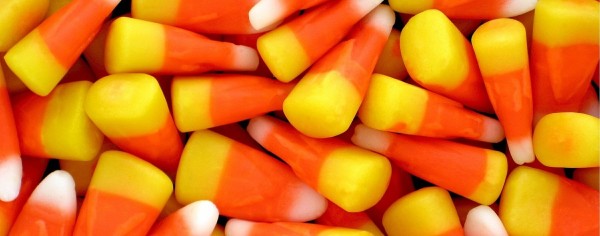
Candy Corn (19 pieces) – 140 calories
These calorie counts may seem low, but remember that most of the time you’re not just going to eat one candy then be done, especially since these are generally small servings (i.e. “fun size”). Keep yourself in check as you try to “get rid of” your leftover Halloween candy — your body will thank you.
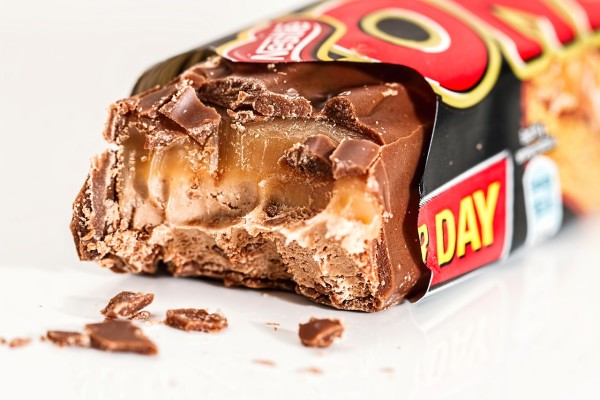
You’d be hard up to find someone who hasn’t bought or eaten something from a vending machine. How could you not? They’re typically packed with sodas, water bottles, energy drinks, bags of chips, candy bars, cookies, granola bars, bags of pretzels… the list goes on. Sometimes you’ll even come across an ice cream vending machine, boasting items like Dippin Dots, or even better, you’ll find a “healthy” vending machine with items like hummus and pretzel crisps.
Drooling over the snack foods aside, what about the costs of eating this kind of food?
Of course, there are the monetary costs. When you’re looking at a vending machine, the items typically don’t cost more than two dollar. Perhaps you’re at an airport though, and they might be even more pricey — maybe up to four dollars. Even still, when you’re looking for a quick snack and you’re in a rush, it’s easy to slide in a dollar bill, click a few buttons, and get a snack (just don’t forgot your change).
These seemingly cheap prices are certainly not cheap though. Take a bag of standard potato chips, for instance. You’re likely to find them in the size 1 oz or 1.5 oz in a vending machine, and they’ll likely cost you around $1.25 each. Alright. That doesn’t seem too bad, right? Wrong. If you look at a standard bag you’d buy at a grocery store, it’d cost around $3 for an 8 oz bag. Now the difference becomes more clear — a dollar here, a dollar there might seem cheap, but these quick serve foods are priced much higher per ounce than what you’d find at the grocery store. The vending machine bag is around $0.83 per ounce, while the grocery store bag is around $0.38 per ounce. If you’re really looking to save up for something or save money in general, try to cut out these pre-package single serve food items.
Beyond the price, there’s also the health factor. According to a report on hospitals’ food options (yes, hospitals), most vending machine items have an exceptionally high amount of sugar in them. Then of course you have the high salt and empty calorie factors — it isn’t often that you’ll find a protein-packed item available in a vending machine. Even the “healthy” vending machines will have items like Smartfood Popcorn, which can have up to 18 grams of sugar in one 1.5 oz bag.
It’s incredible to think that something you find around so commonly — vending machines — can be packed with such expensive and unhealthy food. Next time you’re find yourself browsing one (hopefully not at a hospital), think twice about what you’re buying, and how your money could be better spent.

It was all okay back when you only needed one cup a day to get by. But now that your coffee intake has tripled and you’re spending more on coffee than you do on food in a week, you have finally realized that your coffee obsession has turned into an unhealthy addiction.
But how can you cut down on coffee when it’s pretty much your soulmate in beverage form, you ask? These 3 tricks are a good place to start.
1. Find an alternative beverage
We’re not saying you should cut out coffee from your life altogether, but what if you limit your intake to 1 cup per day and find an alternative beverage to sip on whenever you start to crave a familiar cup of joe? Tea is a great alternative option that tends to have less or no caffeine. And with so many varieties to choose from, you are sure to find a blend of tea you’ll love. Chamomile and mint are both great caffeine-free tea options. But if you’re looking for a caffeinated tea to try, you can’t go wrong with English Breakfast or Earl Grey.
2. Get an accountability partner
When it comes to breaking a bad habit, accountability is everything. Regardless of whether you’re trying to quit cold turkey or just lower your daily coffee intake, having an accountability partner will prove to be a tremendous advantage. But who will you ask? Well, anyone really. It could be a friend or family member who once had a coffee addiction of their own. Or maybe you could ask your friend who never quite understood your love of coffee to begin with. Regardless of who you decide on, be sure that they’re willing to check in on you daily for the first couple weeks to see if you’re meeting your goals– even if that just means shooting you a quick text or email.
3. Form healthy sleeping habits
It’s impossible to kick a habit when you don’t know the root of the problem. And for many coffee drinkers, sleep deprivation is the route of the problem. But even if a lack of sleep wasn’t the reason you started drinking coffee, it might still be negatively affecting your sleeping habits. Caffeine remains in your system for up to 6 hours after you drink it, so that afternoon cup of coffee could be the reason you find it difficult to fall asleep at night. If you are having trouble sleeping, you should consider cutting yourself off from coffee and other caffeinated beverages around noon. You should also be sure to get at least 8 hours of sleep each night, as an ample night’s sleep can keep you from relying so much on coffee the next morning.
Combine these three tips with a little bit of self-discipline and you officially have everything you need to kick your coffee addiction. Why not get started today?
